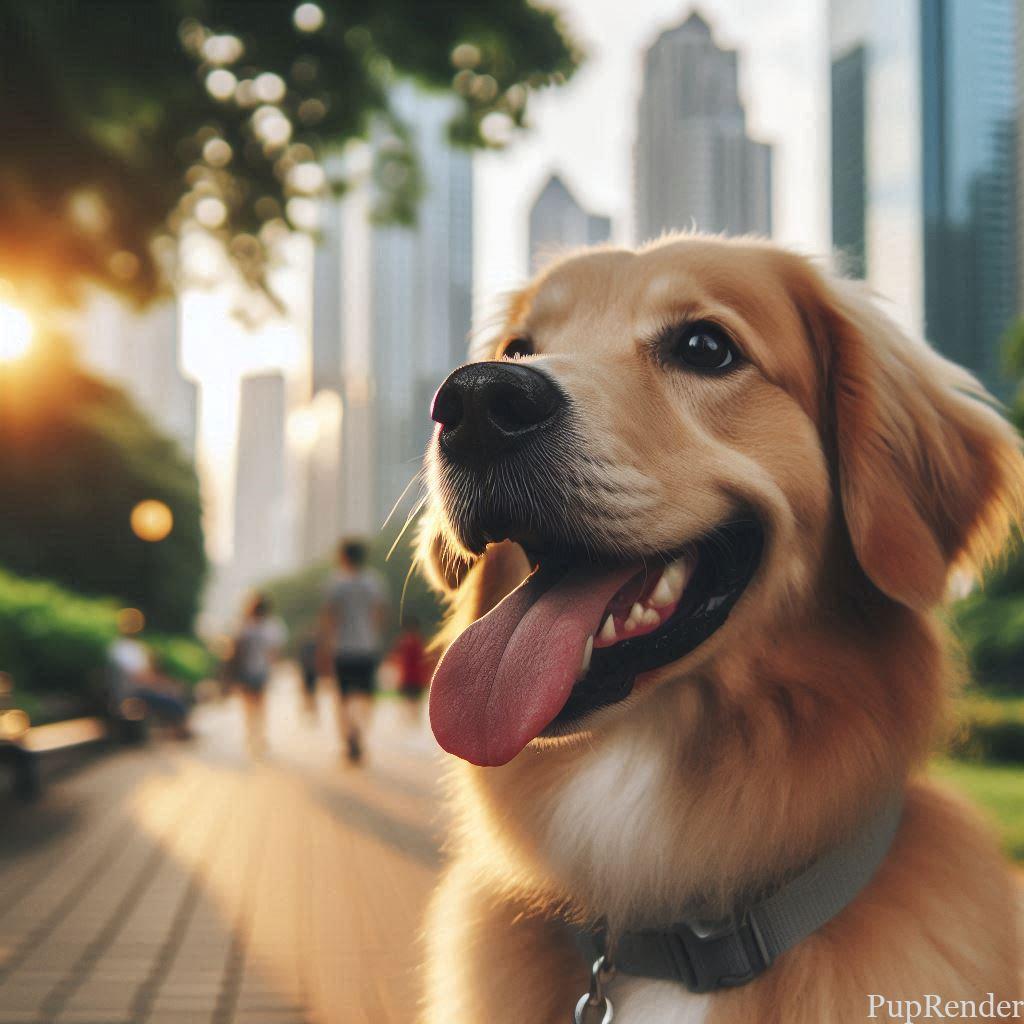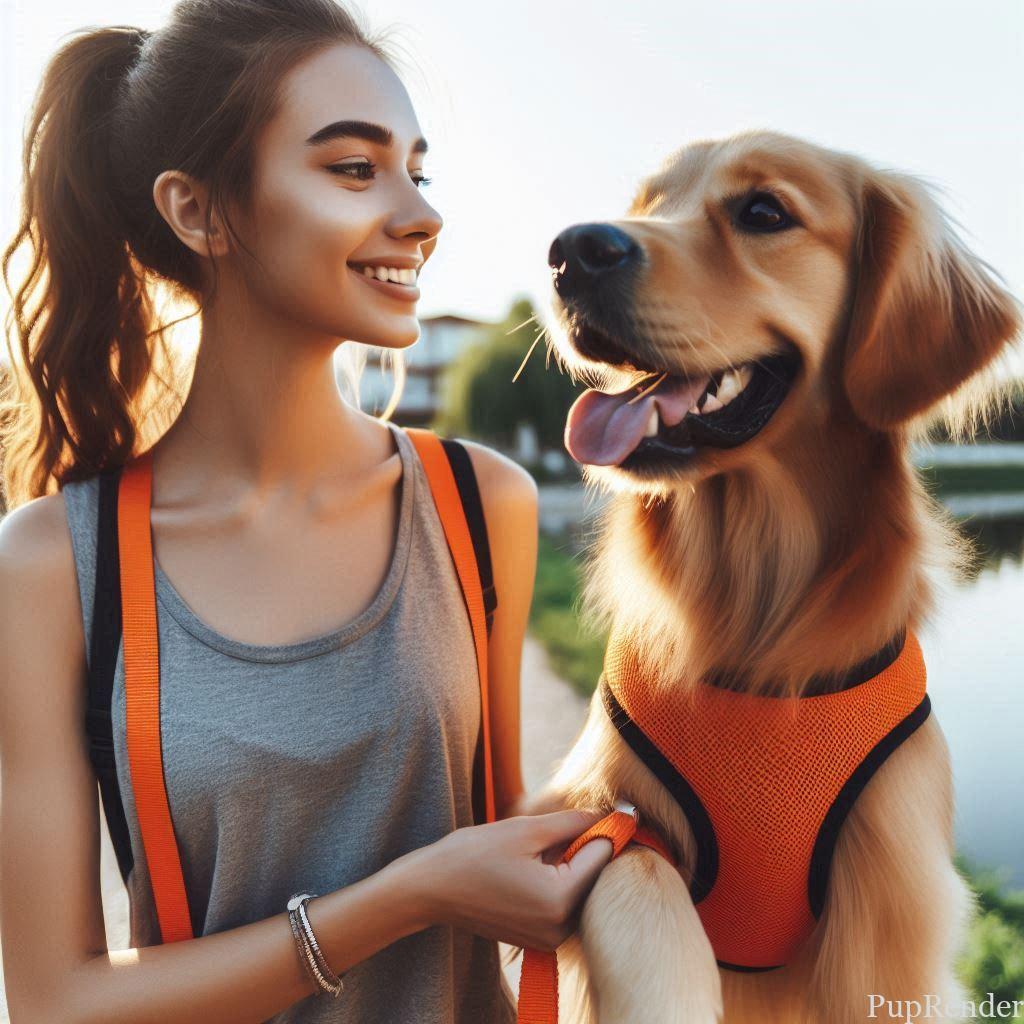How to Choose the Right Dog Collar
Choosing the right dog collar is an essential decision for every pet owner. Not only does it provide security, but it also reflects your dog’s personality and comfort. With so many options available, finding the perfect one can be overwhelming. In this guide, we’ll walk you through how to choose the best collar for your dog based on their breed, size, and lifestyle.
Understanding the Different Types of Dog Collars
Each dog is unique, and their collar should reflect that. Here’s a breakdown of the most common collar types:
1. Flat Collars:
Flat collars are your basic, everyday collars. They are ideal for most dogs who don’t pull excessively during walks. They come in various materials such as leather, nylon, and reflective fabrics, making them a versatile option for any pup.

2. Martingale Collars:
Perfect for dogs with narrow heads like Greyhounds, Martingale collars provide extra control without choking. These are great if your dog tends to slip out of their collar but you want something gentler than a choke chain.
3. Harnesses:
While not technically a collar, harnesses are a fantastic option for dogs prone to pulling. They distribute pressure evenly across your dog’s body, making walks more comfortable.
Pro Tip: Learn How to Teach Your Dog to Walk on a Leash for a smoother walking experience with the right equipment.

Alt text: Dog wearing a Martingale collar.
Title: Martingale collar on a Greyhound.
Caption: A Martingale collar provides gentle control.
Description: Ideal for dogs with narrow heads, Martingale collars offer control without discomfort.
Factors to Consider When Choosing a Dog Collar
1. Size Matters
It’s essential to measure your dog’s neck properly before purchasing a collar. A too-tight collar can cause discomfort, while one that’s too loose can lead to accidents. You should be able to fit two fingers between the collar and your dog’s neck.
2. Material
Choose a durable material like leather or nylon, depending on your dog’s activity level. Leather collars are stylish and durable but may not withstand rough play as well as nylon. For active pups, consider a waterproof or reflective collar.
3. Safety Features
Look for collars with quick-release buckles to ensure you can remove the collar in an emergency. Additionally, reflective or LED collars are excellent choices for dogs who go on walks at night, as they enhance visibility.
When to Use a Harness Instead of a Collar
While collars are great for identification and leash attachment, some dogs are better suited to harnesses, especially those prone to respiratory issues or pulling. Breeds like Pugs and Bulldogs, who are susceptible to breathing problems, may benefit from a harness that doesn’t put pressure on the neck.
Check out 5 Dog Myths, Busted! to debunk common misconceptions about dog equipment like collars and harnesses.
Collar Training Tips for New Dog Owners
Training your dog to get comfortable with their collar is crucial. Start by letting your dog wear the collar for short periods in a relaxed environment, gradually increasing the duration. Reward them with treats to create a positive association with wearing the collar.
Read more about this in our Ultimate Checklist for New Dog Owners for essential tips and tricks.
Final Thoughts: Finding the Perfect Collar
Selecting the right dog collar is all about balancing comfort, safety, and style. Whether you opt for a classic flat collar or a harness, ensure it fits well and is appropriate for your dog’s needs. Remember, a good collar can make all the difference in your dog’s daily comfort and safety.
Learn more about choosing the perfect collar at AKC.
For more detailed insights into improving your dog’s daily life, don’t miss our post on 5 Secrets Only Dog Owners Know.





